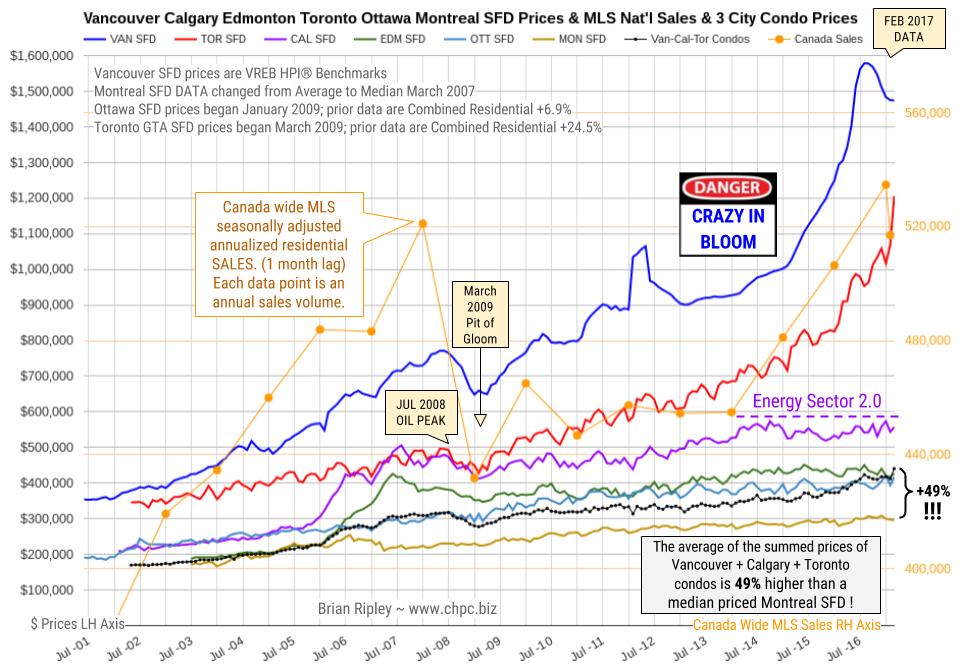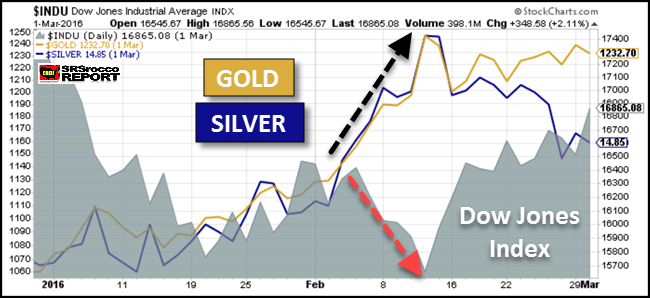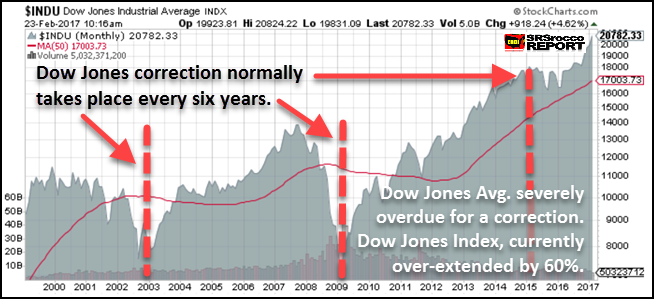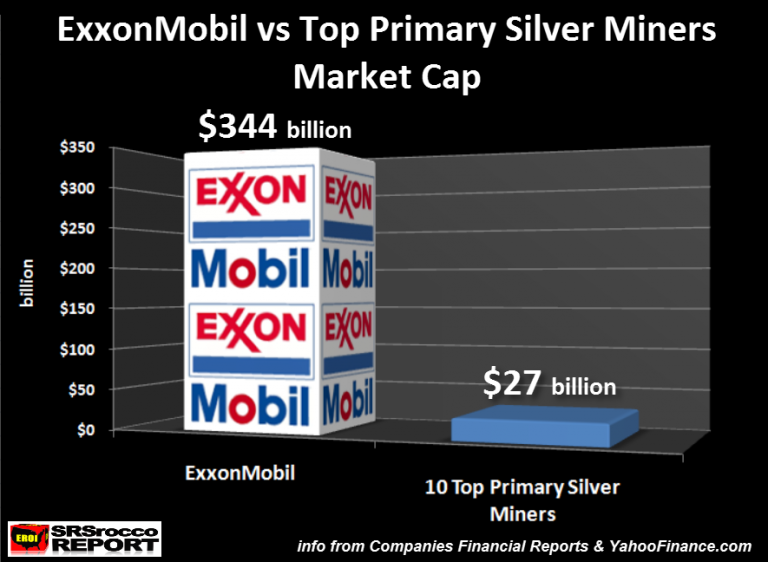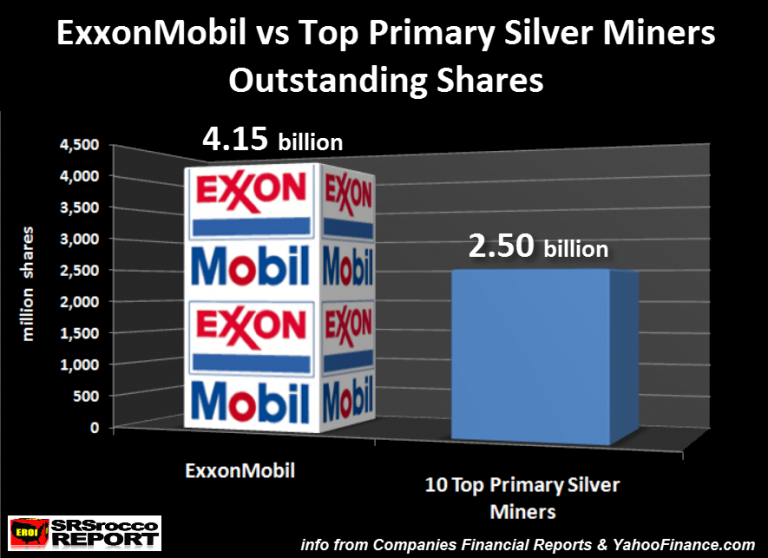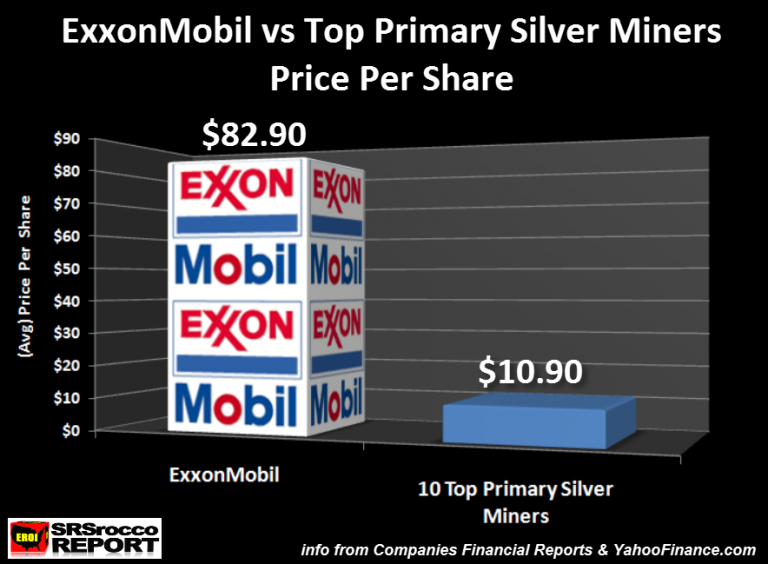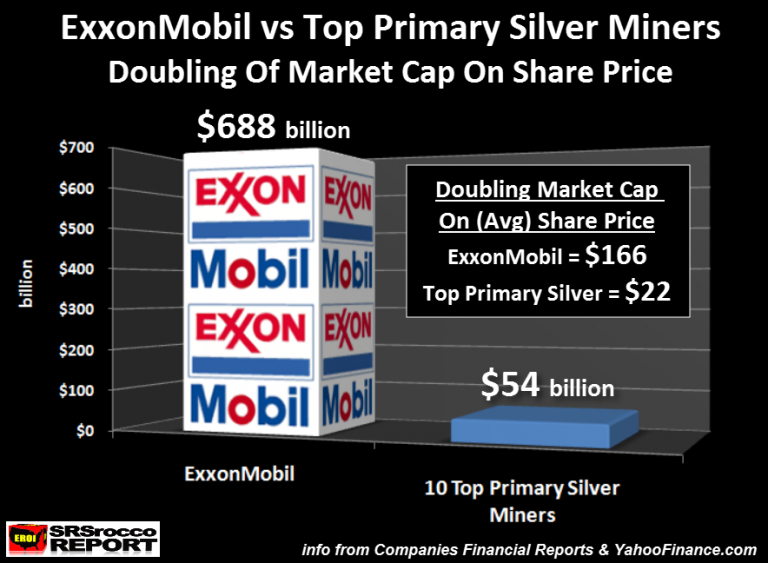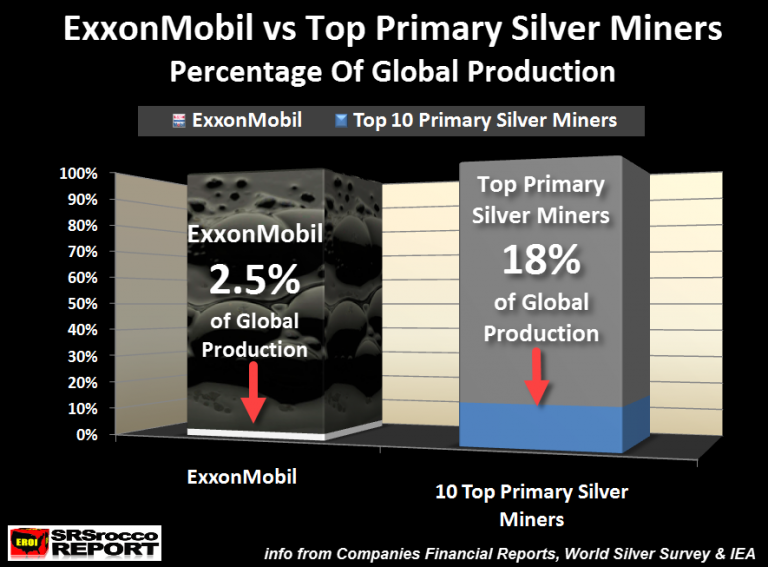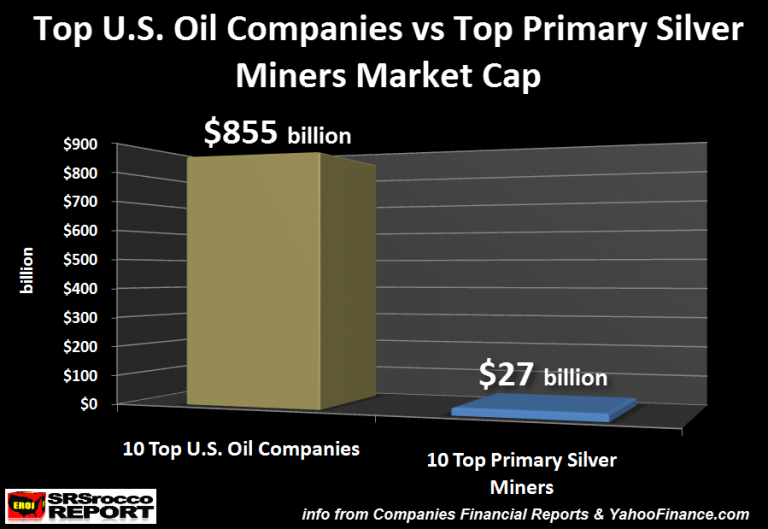Bonds & Interest Rates
The popular financial press is making a big deal about the Fed’s almost-certain 25-basis-point hike in the discount rate that is set to occur at next week’s Federal Open Market Committee meeting. But don’t get lost in all the bluster and hoopla.
Why?
Because the Fed’s decision will have very little impact on your portfolio.
Since a picture is worth a thousand words, I am going to use four easy-to-follow charts to make my point.
To get a true picture of what’s going on, we first need to step back and take a macro view of what the Fed is up against. The chart below shows the history of Federal debt held by the public since the nation’s founding.
As you can see for yourself, when the financial crisis hit in 2008, federal debt exploded to its current level of $14 trillion. And get this — the $14 trillion doesn’t even count the federal agency debt supporting farm loans, home mortgages and a variety of other programs, which total another $5 trillion and puts the total official debt level at about $19 trillion.
And then when you throw in the government debt related to unfunded liabilities for federal social service programs, like Social Security and Medicare, the total debt skyrockets to an estimated $130 trillion. No matter how you slice it, total federal debt has become a BIG number.
To make matters worse, at the same time the U.S. government was levering up … so was corporate America. This chart from the Federal Reserve Bank of St. Louis shows that corporate debt in the U.S. has risen about 60% since the first quarter of 2009.
Next, let’s drill in and see what all this newly issued debt means to the Federal operating budget. The CBO has made projections on how the budget will evolve over time at current interest rates as shown below.
As this chart reports, interest expense is currently 6% of total expenditures — which amounts to a lot of dollars ($240 billion) — but is a relatively small piece of the federal budget pie. Now, look at how the interest on the debt is projected to grow over the next 30 years to a level where it absorbs 21% of the total budget, with no shrinkage in sight.
And that’s at current interest rate levels — imagine what happens if interest rates go up considerably! The equation just won’t work!
It’s the same for corporate America too: As interest rates go higher, interest expense goes up and there’s less money available for productive spending, which then results in slower private sector growth. Slower growth means lower interest rates. That’s why, as I’ve pointed out previously, it becomes an endless feedback loop where interest rates can only go up so much.
And Wall Street knows this too!
What’s my proof?
Well, here’s a chart that shows the yield on the benchmark 10–year U.S. Treasury over the past four years.

As you can see at its current level, the 10-year U.S. Treasury is within 12 measly basis points of where it started the year. Sure, the Fed can hike the short-term end of the curve. But investors around the world, including those on Wall Street, set the rate on the 10-year. And Wall Street is telling us that there’s no big increase that they see on the horizon.
This means — given current economic conditions — the Fed can only go so high on short-term rates without flattening the yield curve and causing a recession or without risking a stock market sell-off. But they can — and will — talk a lot about raising rates. That’s because it’s all part of the nine-step plan that the Trump administration and the Fed have for the U.S. economy that I outlined in last week’s Money and Market’s column.
What should investors do?
As I’ve written extensively about, the current environment favors stocks.
But — and pay attention because this is a big BUT …
One of the biggest myths on Wall Street is that activity is often correlated with results … meaning the more activity there is in a portfolio, the better the results. But that’s just not true.
The best investors on the planet follow this rule: What you don’t do is just as important as what you do.
So following this golden principle, in this environment, what you don’t do is go out and load up on a bunch of expensive stocks. On the other hand, and just as importantly, what you don’t do is run out and short a whole host of stocks that look to be overpriced either.
As world-renowned investor Jim Rogers would say: “Now and then a time comes when doing nothing and waiting is the wisest course of action.”
That’s why, as the editor of the Safe Money Report, I’m following Jim’s advice for now and suggest that you do the same.
Best wishes,
Bill Hall

The chart above shows the average detached housing prices for Vancouver*, Calgary, Edmonton, Toronto*, Ottawa* and Montréal* (the six Canadian cities with over a million people each) as well as the average of the sum of Vancouver, Calgary and Toronto condo (apartment) prices on the left axis. On the right axis is the seasonally adjusted annualized rate (SAAR) of MLS® Residential Sales across Canada (one month lag).
In February 2017 Canada’s big city metro SFD prices coiled about or slid off their near term highs except in Toronto where detached houses,town houses and condos fetched new peak prices. Anyone owning a house in the scorching hot Toronto market is sitting on an unredeemed lottery ticket. In Vancouver scorched earth ruins are beginning to appear. Notice Calgary prices are labouring under the new Energy Sector 2.0 which could be anticipating the Trumpster’s U.S. energy independence.
CMHC is not so sure. In November 2015 CMHC had a private audience in New York City and brought along a stress test of $35/bbl oil and its potential effect on Canada. I covered the bullet points here. The Department of Finance is also worried:
The age-related deceleration in economic growth in Canada will take place amidst other powerful, slow-moving global forces. As in Canada, the world population is aging and productivity growth (Canadian Productivity Chart bottom of this page) has slowed across OECD countries. These structural forces are paving the way to slower global growth for the next number of years. Slower nominal GDP growth will thus reduce the growth rate of government revenues, thereby limiting the capacity of governments to continue to maintain the growth rates of public expenditure at levels as high as in the past. At the same time, population aging is also expected to put upward pressure on public expenditure, notably for age-related programs such as elderly benefits. Department of Finance Canada December 2016
It remains interesting to note that the combined average sum price of a Vancouver, Calgary & Toronto condo is currently 49% (no typo) more expensive than a median priced Montreal SFD. The record previously was 41% in July 2016 (the Vancouver peak).
- *Toronto GTA SFD prices began March 2009. Prior data are Combined Residential +24.5%.
- *Ottawa SFD prices began January 2009. Prior data are Combined Residential +6.9%.
- *Montreal SFD DATA changed from Average to Median in March 2007
- *Vancouver SFD data are HPI®, not Average.
….also:

With all the oil-related headlines we’re exposed to each day, you might assume that “black gold,” along with other fossil fuels like coal and natural gas, matter to humanity’s future. You’d be wrong. Like Keynesian economics and fiat currencies, fossil fuels are near the end of their run. From here on out, solar is the story.
The following chart shows the decline in the cost of solar power and the resulting surge in solar installations through 2015. The relationship is clear: as prices plunge demand surges — in both cases exponentially.

Pretty impressive, right? But nothing compared to what happened in 2016:
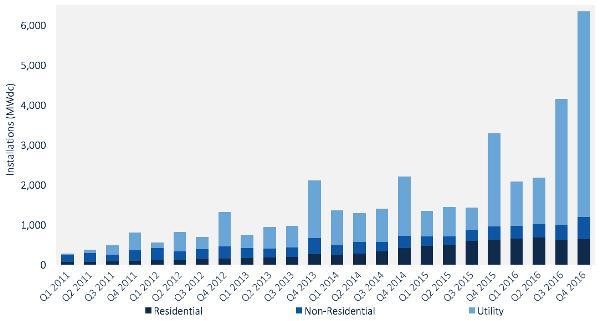
And here’s one more chart showing how China — that insanely polluted coal burning urban dystopia — is leading the way on solar:
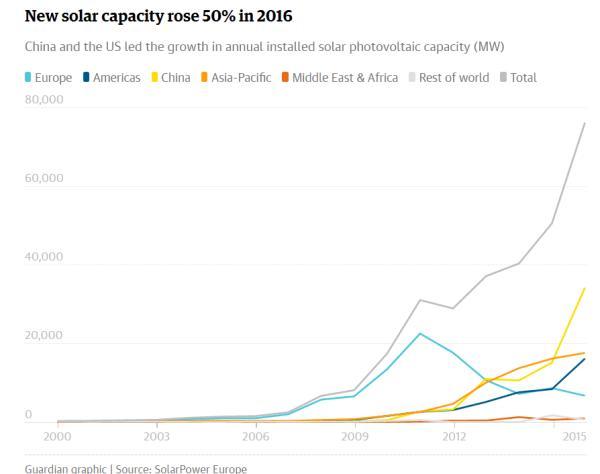
This is shocking to people who A) are dependent on fossil fuels through work or investing or B) don’t understand the way exponential growth can change a market in an eye blink. So let’s hear from the father of exponential analysis, Google’s director of engineering Ray Kurzweil:
Ray Kurzweil: Here’s Why Solar Will Dominate Energy Within 12 Years
(Fortune) – Ray Kurzweil has made a bold prediction about the future of solar energy, saying in remarks at a recent medical technology conference that it could become the dominant force in energy production in a little over a decade. That may be tough to swallow, given that solar currently only supplies around 2% of global energy — but Kurzweil’s predictions have been overwhelmingly correct over the last two decades, so he’s worth listening to.
Kurzweil’s basic point, as reported by Solar Power World, was that while solar is still tiny, it has begun to reliably double its market share every two years — today’s 2% share is up from just 0.5% in 2012.
Many analysts extend growth linearly from that sort of pattern, concluding that we’ll see 0.5% annual growth in solar for the foreseeable future, reaching just 12% solar share in 20 years. But linear analysis ignores what Kurzweil calls the Law of Accelerating Returns — that as new technologies get smaller and cheaper, their growth becomes exponential.
So instead of looking at year over year growth in percentage terms, Kurzweil says we should look at the rate of growth—the fact that solar market share is doubling every two years. If the current 2% share doubles every two years, solar should have a 100% share of the market in 12 years.
Okay, technically, that would suggest solar would have a 128% share of the market in 12 years. Some might love that — but it highlights the fact that Kurzweil’s prediction is only partially grounded in the real world. Even 100% share is extremely unlikely — fossil fuel giants are definitely not going down without a fight.
But even those giants ignore Kurzweil at their own peril. He predicted the mobile Internet, cloud computing, and wearable tech nearly 20 years ago — all on the basis of the same principle of accelerating returns that’s behind his solar call.
If this sounds outrageously aggressive, consider what happened to Kodak, the dominant player in film photography for most of the 20th century. Early digital cameras were expensive and complicated and therefore not an obvious threat. But their prices plunged and film photography died. Here’s that process translated into Kodak’s share price:

Also recall that Nokia was once the dominant maker of cell phones. Then Apple introduced the iphone and phones that just made calls were pushed off the stage.
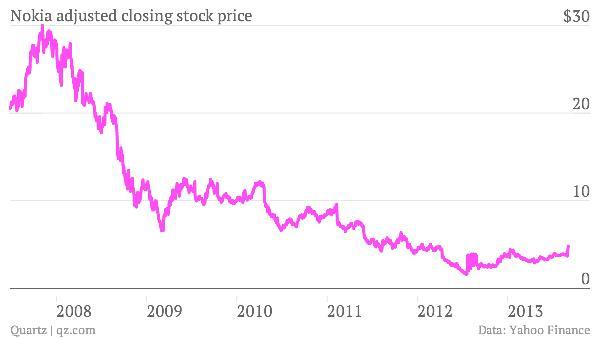
This fate awaits most of today’s fossil fuel companies. The only question is when the death spiral begins.
Why is something like this appearing on a gloom-and-doom blog? Because one of the basic tenets of sound-money investing is that during periods in which society is destroying its fiat currencies, real assets will tend to outperform financial assets. So swap your government bonds (and certainly your bank stocks!) for farmland, well-chosen rental houses, gold, silver, and energy assets.
For the past century that last category was dominated by oil wells, coal mines and the stocks of the companies that owned them. But if the above trends continue – and it’s a near certainty that they will, given the torrent of advances in solar panels and batteries pouring out of labs around the world – then “energy assets” of the future will likely be solar and wind farms, advanced battery makers and the like. So the thesis remains the same while technology causes the names to change.


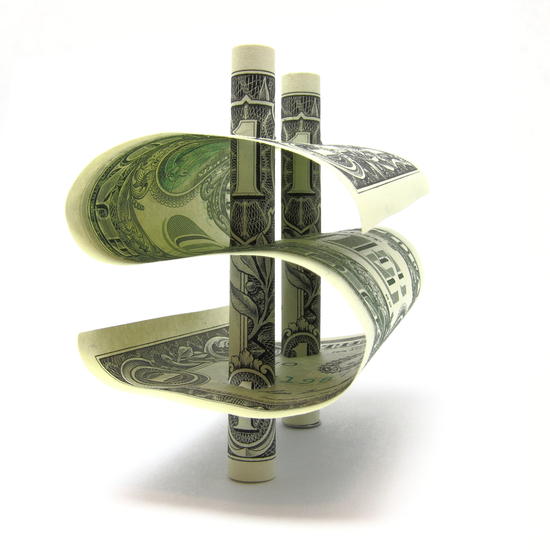 The latest Investment Outlook from Janus Capital’s Bill Gross
The latest Investment Outlook from Janus Capital’s Bill Gross
“School days” inexorably continue at the Gross household, not just because of grandchildren, but because of the necessity to teach my own kids the complexities and pitfalls of investing. As I get older, I fear I may unduly introduce them to a 1930s Will Rogers warning about losing money: “I’m not so much concerned about the return on my money,” he wrote, “but the return of my money.” “Don’t lose it” is my first and most important conceptual lesson for them despite the Trump bull market and the current “animal spirits” that encourage risk, as opposed to the preservation of capital.
Recently I also explored with them the concept of financial leverage -.….continue reading HERE
….also:





